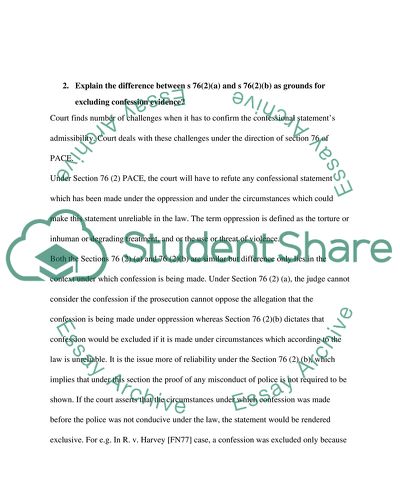Cite this document
(Legal Acts in Criminal Case and Law Proceedings Assignment, n.d.)
Legal Acts in Criminal Case and Law Proceedings Assignment. https://studentshare.org/law/1717340-problem-essay
Legal Acts in Criminal Case and Law Proceedings Assignment. https://studentshare.org/law/1717340-problem-essay
(Legal Acts in Criminal Case and Law Proceedings Assignment)
Legal Acts in Criminal Case and Law Proceedings Assignment. https://studentshare.org/law/1717340-problem-essay.
Legal Acts in Criminal Case and Law Proceedings Assignment. https://studentshare.org/law/1717340-problem-essay.
“Legal Acts in Criminal Case and Law Proceedings Assignment”. https://studentshare.org/law/1717340-problem-essay.


